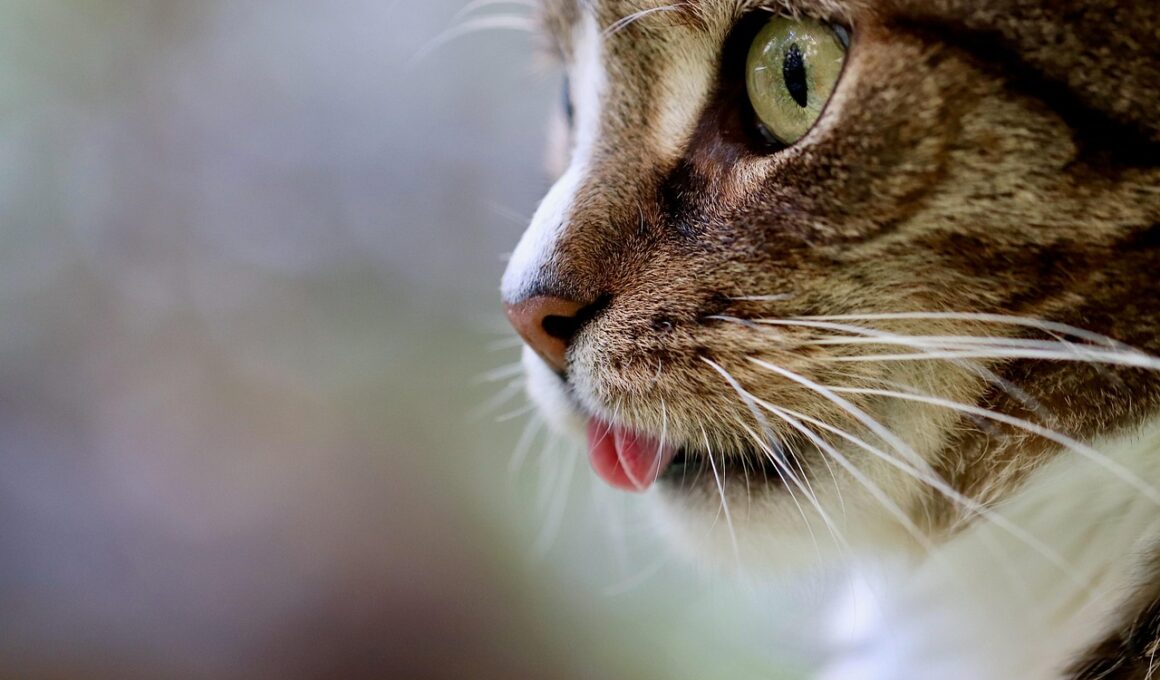Planning Ahead: When Should You Purchase Cat Insurance?
Choosing to invest in cat insurance is a significant decision that pet owners must consider carefully. The various factors can affect when the right time is to purchase this coverage. It’s essential to recognize that waiting until your cat shows symptoms of illness can be a gamble, as pre-existing conditions may not be covered. In many cases, insurance providers will impose waiting periods for certain conditions after you enroll. Missing these critical timeframes can mean facing the high costs of veterinary care out-of-pocket. Therefore, it is advisable to secure a policy sooner rather than later, ideally when your cat is young and healthy.
The most common waiting periods for cat insurance can vary by provider and plan type. Typically, most insurance companies will have a waiting period of around 14 to 30 days for illnesses. This means that coverage will not kick in until this timeframe has passed. Additionally, there are often specific waiting periods designated for certain conditions, such as orthopedic issues or dental care. It’s crucial to read the policy details closely to understand what’s included and how long you may have to wait before receiving coverage for a claim. Knowledge about these periods is essential to avoid financial surprises.
One critical point to take into consideration is the age of your cat at the time of purchasing insurance. Younger cats usually represent a lower risk profile for insurance providers. However, older cats often face higher premiums due to increased health risks. For this reason, research shows that purchasing cat insurance when they are young can save money in the long run. Not obtaining coverage early means the risk of denial for future claims increases significantly, leading to potentially overwhelming veterinary expenses that could have been avoided.
Understanding the Importance of Early Coverage
Cat insurance can provide peace of mind, but it is beneficial primarily when acquired early. Coverage can help offset costs for unexpected veterinary bills that arise due to accidents or illnesses. Moreover, many plans cover routine care options, allowing you to set up a budget for yearly veterinary visits, vaccinations, and preventive measures. By establishing a relationship with an insurance provider from an early age, you create a financial buffer against unexpected medical emergencies that could occur. Therefore, the most reliable strategy is to purchase insurance when your cat is healthy.
It’s also important to regularly reevaluate your insurance coverage as your cat ages. Health needs can shift dramatically as your cat transitions through various life stages. Reassessing your current plan can help determine if modifications are necessary or if supplemental policies are needed. Some plans might offer tailored options that cater specifically to senior pets with chronic conditions. Always compare different insurance providers to understand which offer the best long-term benefits as your feline friend ages and potentially develops new health issues.
Moreover, it is crucial to educate yourself about exclusions that might affect your claims. Many policies contain specific limitations about what is covered. For instance, behavioral issues may not be included, leaving owners unprotected if their pets experience anxiety or aggression issues. Understanding these exclusions allows you to make informed decisions when choosing between different insurance options, thereby securing the most advantageous coverage available for your pet’s specific needs.
Conclusion: Making an Informed Decision
As you consider purchasing cat insurance, taking proactive steps to secure coverage is essential. Depending on the insurance provider, waiting periods can significantly impact the accessibility of timely care for your pet. The best strategy is to avoid waiting until your cat shows signs of illness or distress. By getting a policy in place early, you safeguard against unexpected expenses and ensure that your feline friend receives the care they need without delay. Ultimately, selecting the suitable insurance aligns with responsible cat ownership.
In summary, investing in cat insurance is about planning ahead and protecting your pet’s health. The right time for purchase is as early as possible, ideally once your cat is still healthy. Understanding waiting periods, coverage options, and policy exclusions is vital in ensuring the best care for your feline companion. The earlier you make this commitment, the better prepared you will be for any health challenges your cat may face in the future. Taking this preventive measure now can lead to better outcomes for both you and your beloved pet.


